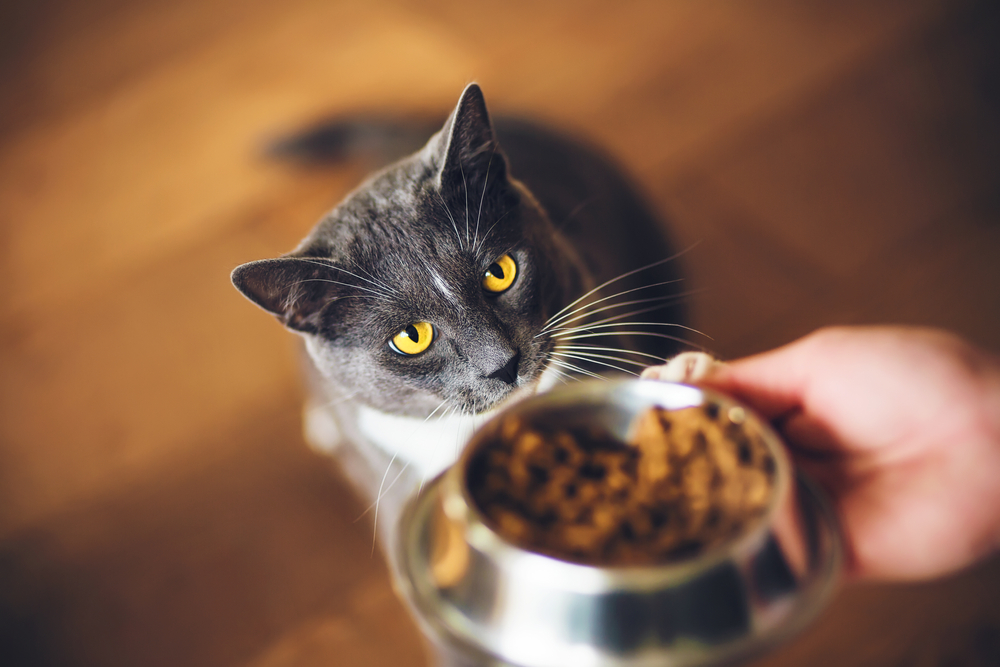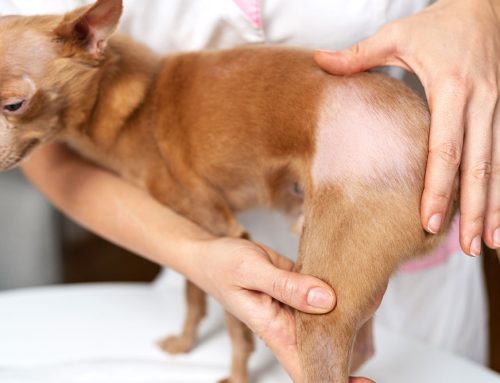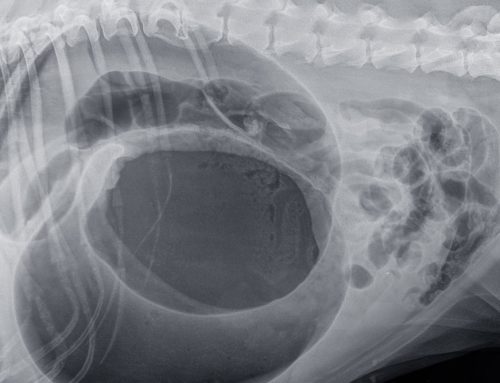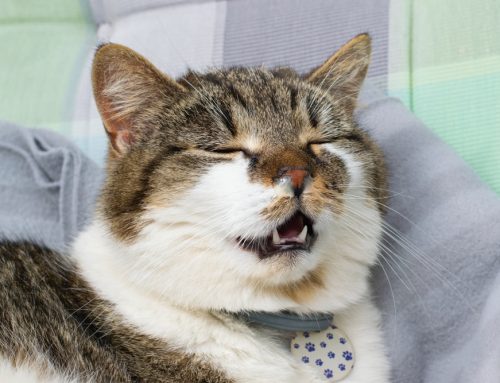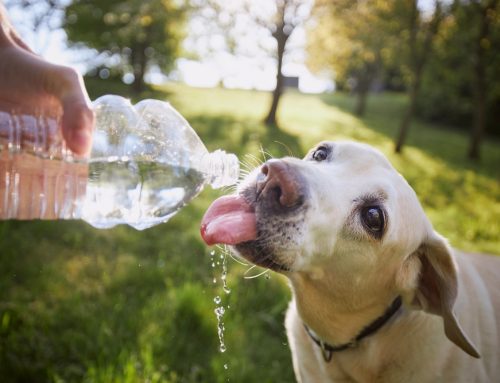The adage “You are what you eat” holds true for pets, as well as people. Although your furry pal likely isn’t binging on cheeseburgers and french fries, what they eat—and how much—plays a crucial role in their weight and overall health. Pets who are too heavy are at an increased risk for a multitude of health problems, including diabetes, heart disease, hypertension, hypothyroidism, osteoarthritis, and some cancers. To keep your pet’s weight in check, follow these five tips for optimal nutritional health.
#1: Determine where your pet falls on the body condition score chart
While your pet’s weight can help you determine if they’re too heavy, a more effective tool is a body condition score chart. Your Star of Texas Veterinary Hospital veterinarian can tell you how much your four-legged friend should weigh, but this number is typically determined after a careful evaluation of your pet’s body condition. Keep these key points in mind when determining your pet’s body condition:
- You should be able to feel their ribs under a slight fat covering.
- Your pet should have a visible waistline when viewed from above.
- Your pet should have an abdominal tuck.
If you can see your pet’s ribs and spine, they are too thin. On the other hand, if your pet has no discernable waistline and their belly sags, they’re too heavy.
#2: Evaluate your pet’s diet
After you learn where your pet lies on the body condition score chart, take a look at their diet. Does their food contain high quality ingredients, like lean proteins, complex carbs, and healthy fats? Or, do they eat a “junk food” diet full of sugar and empty calories? Maybe your pet is a talented beggar who convinces you to share your pizza crusts, potato chips, and bowl of ice cream. All special treats add up quickly, and provide little to no nutritional value. Take a hard, honest look at what your pet eats each day, to see if their diet needs adjusting. Choosing the appropriate diet for your pet can be challenging, so reach out to our team for help.
#3: Calculate the daily calories your pet needs
Do you fill your pet’s bowl every time it’s empty? Or, do you give them a “cup” of food a couple times a day? The best way to ensure your pet receives the correct food amount is to calculate their caloric needs, and then measure their food with an actual measuring cup. Use a dog or cat calorie calculator to see how many calories your pet needs, and then determine how much that equals in terms of cups. Divide that amount into two or three meals, and stick to the recommended number of treats per day. Treats should take up no more than 10% of your pet’s daily calorie allotment, so keep an eye on their snack intake.
#4: Incorporate plenty of exercise into your pet’s daily routine
While a healthy diet is a huge part of keeping your pet at an ideal weight, exercise is another important factor. Make a point to encourage your pet to get up and get moving every day. Keep in mind that cats have short attention spans, so a 5- or 10-minute block of activity a few times a day works best. For your dog, a lengthy walk or prolonged game of fetch will do them a world of good for staying healthy.
#5: Ask for help if your pet is not losing weight with diet and exercise
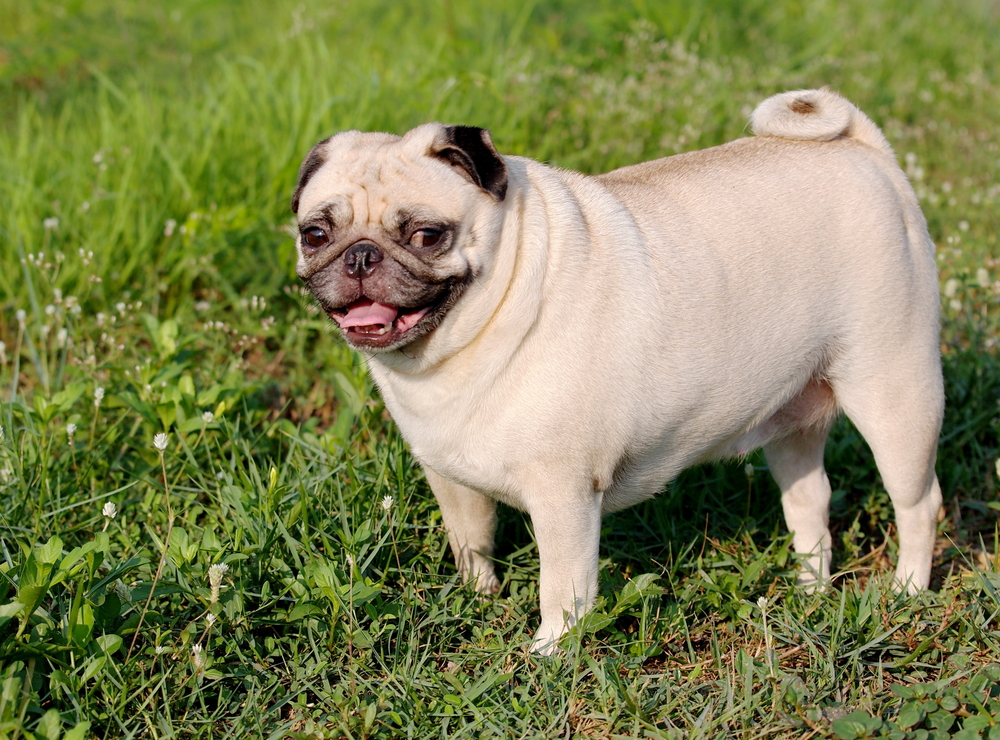
If, after all your efforts counting your pet’s calories and ensuring they exercise daily, the number on the scale has not budged, your four-legged friend may have an underlying health condition that makes weight loss difficult. Pets with metabolic and endocrine disorders, such as hypothyroidism or Cushing’s disease, often have trouble losing weight without special prescription diets, and management of their underlying condition. However, once the chronic condition is under control, weight loss becomes much easier.
Does your pet need help finding their sleek, trim figure again? If you’ve been struggling with your furry pal’s diet and exercise plan, and they’re still not losing weight, a veterinary visit is in order. Call our Star of Texas Veterinary Hospital team to schedule your pet’s workup, and to determine why they’re not shedding those extra pounds.

